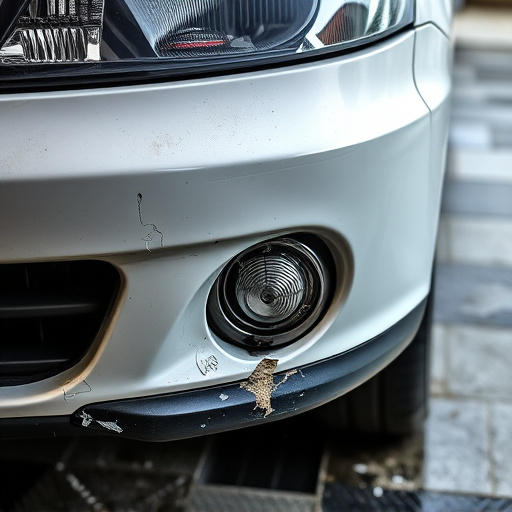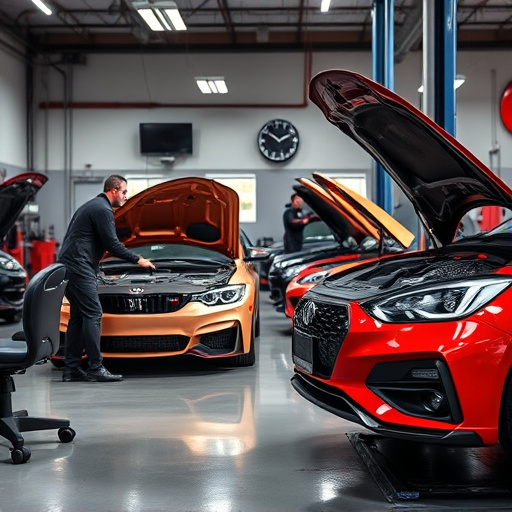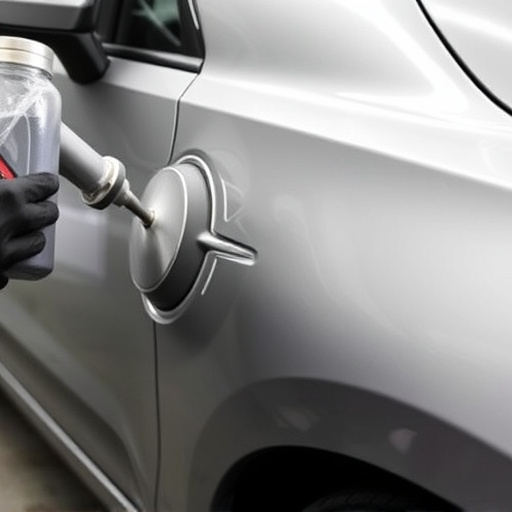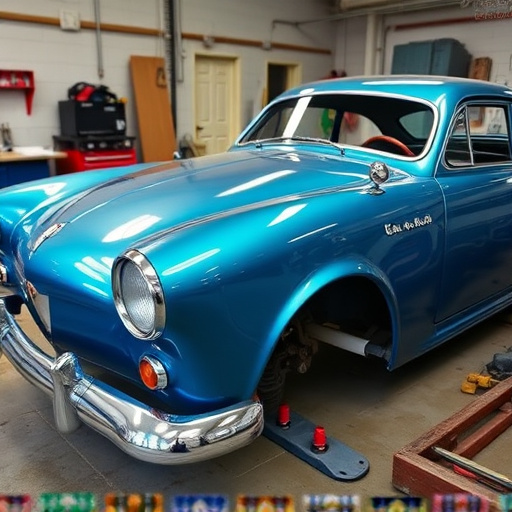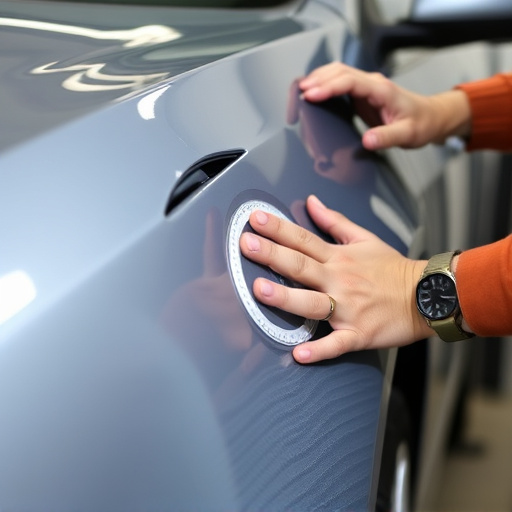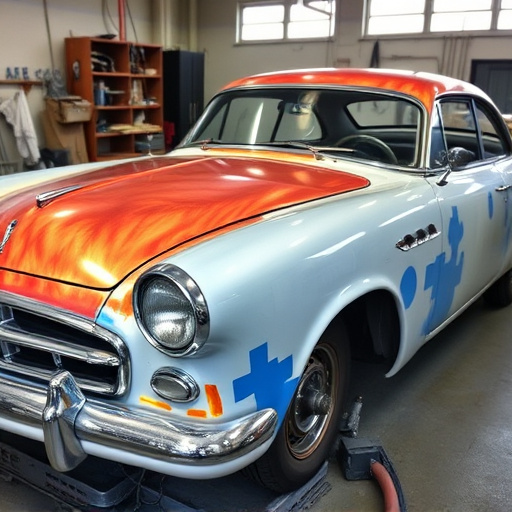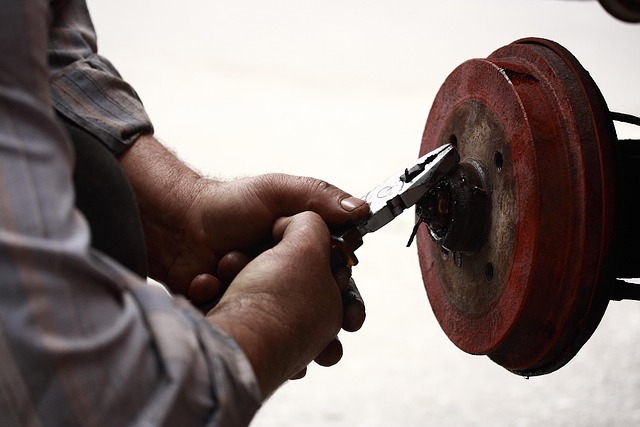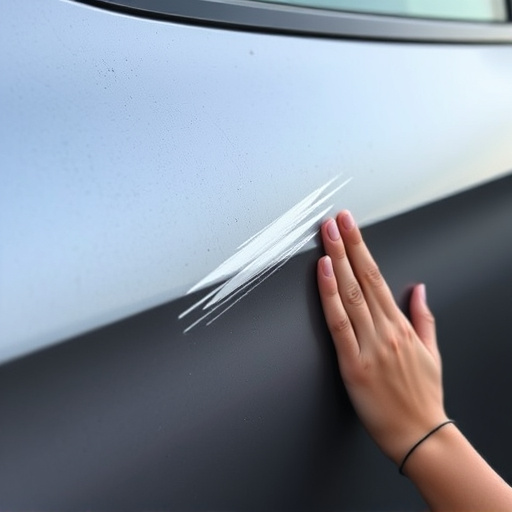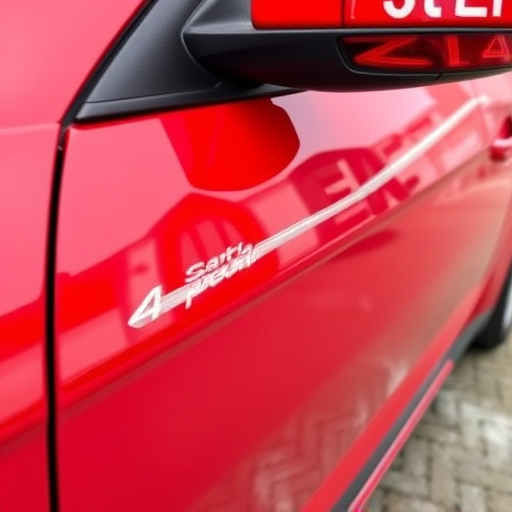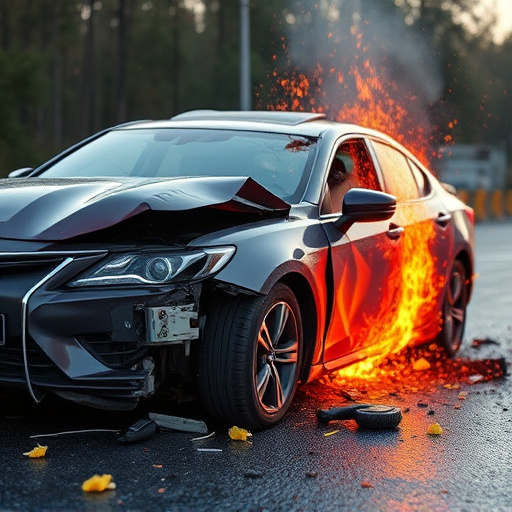Mastering panel alignment procedures is crucial for efficient auto body repairs, significantly reducing turnaround times by up to 20%. Advanced tools like frame machines and 3D scanners, coupled with standardized processes and well-trained technicians, ensure precise realignment to original factory specs. This results in cost savings, faster service, and vehicles that appear nearly undamaged after repairs using modern alignment systems like laser technology. Comprehensive training further enhances productivity while maintaining high-quality standards in dent repair and panel alignment procedures.
Panel Alignment Procedures are pivotal in streamlining automotive repairs, significantly impacting turnaround times. This article delves into the foundational understanding of these procedures, their effect on repair efficiency through case studies, and best practices. We explore the role of tools, techniques, and training in mastering panel alignment, offering a comprehensive guide for professionals to optimize their workshops. By optimizing these processes, auto repair facilities can enhance customer satisfaction and reduce overall service costs.
- Understanding Panel Alignment Procedures: A Foundation for Efficient Repairs
- The Impact of Panel Alignment on Repair Time Frames: Case Studies and Best Practices
- Streamlining the Process: Tools, Techniques, and Training for Effective Panel Alignment
Understanding Panel Alignment Procedures: A Foundation for Efficient Repairs
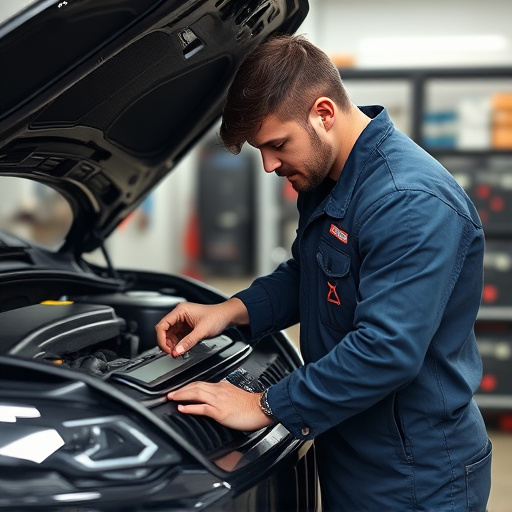
Understanding panel alignment procedures is key to streamlining auto body repairs and significantly reducing repair timeframes. These meticulous processes involve accurately realigning and restoring damaged vehicle panels to their original factory specifications. By ensuring precise measurements, technicians can achieve seamless fits, eliminating unsightly gaps or misalignments that may compromise the structural integrity of the vehicle.
Efficient panel alignment procedures, often complemented by advanced tools like frame machines and 3D scanners, play a pivotal role in the success of paintless dent repair and vehicle paint repair services. These technologies enable accurate mapping of the vehicle’s surface, making it easier to identify and rectify deformities without extensive painting or body work. As a result, customers benefit from faster turnaround times, minimized costs, and restored vehicles that look as good as new.
The Impact of Panel Alignment on Repair Time Frames: Case Studies and Best Practices
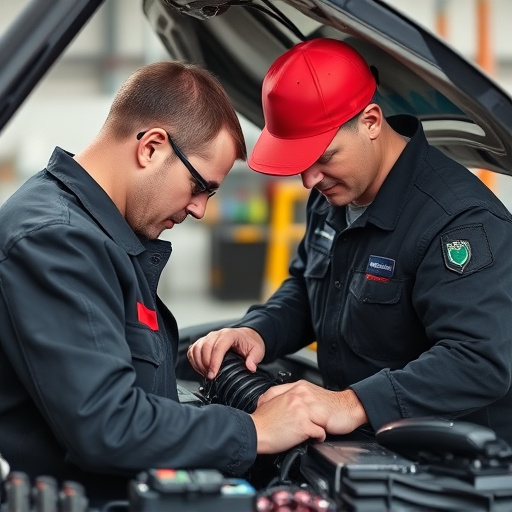
Panel alignment procedures play a pivotal role in determining the efficiency and effectiveness of vehicle body shop operations. These meticulous processes involve accurately realigning car panels post-repair or collision, ensuring they fit seamlessly together. Case studies from leading vehicle collision repair centers highlight that precise panel alignment can significantly reduce repair time frames by as much as 20%. This translates into cost savings and faster turnaround times for customers, enhancing the overall customer experience.
Best practices in panel alignment emphasize the importance of investing in advanced equipment like computer-aided alignment systems. These tools, coupled with well-trained technicians, enable accurate measurements and adjustments, minimizing rework. Moreover, implementing standardized procedures for various car makes and models streamlines the alignment process, making it a consistent factor in successful car restoration efforts.
Streamlining the Process: Tools, Techniques, and Training for Effective Panel Alignment
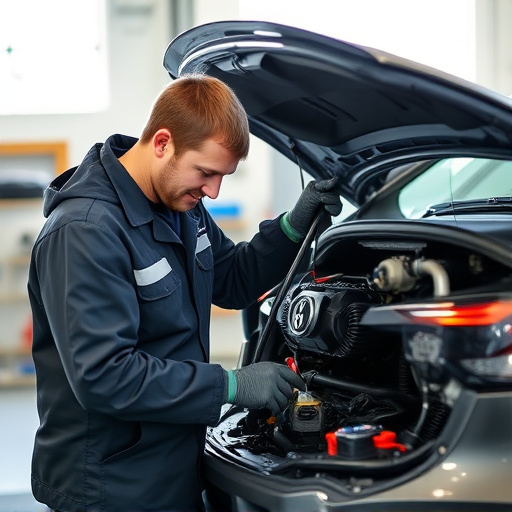
Streamlining the panel alignment process is a key factor in reducing repair time frames within collision repair services and auto body shops. Effective procedures involve utilizing specialized tools designed for precise measurements and adjustments, ensuring minimal human error. Techniques such as laser alignment systems offer accurate, consistent results, allowing technicians to quickly identify misalignments and make targeted adjustments.
Training plays a pivotal role in mastering these procedures. Comprehensive training programs equip employees with the knowledge to interpret data from alignment tools and implement corrective actions efficiently. This includes understanding the intricate relationships between various car panels and their impact on overall vehicle stability and aesthetics. By combining advanced technology, meticulous training, and standardized protocols, auto body services can enhance productivity while maintaining high-quality standards in dent repair and panel alignment procedures.
Panel alignment procedures play a pivotal role in streamlining repair processes and significantly reducing time frames. By understanding the impact of precise panel alignment on various aspects of repair work, industry professionals can implement best practices and leverage the right tools and techniques. This not only enhances efficiency but also contributes to higher-quality outcomes, ultimately benefiting both repair crews and clients. Streamlining these procedures is a key strategy for any organization aiming to stay competitive in today’s fast-paced repair services market.

